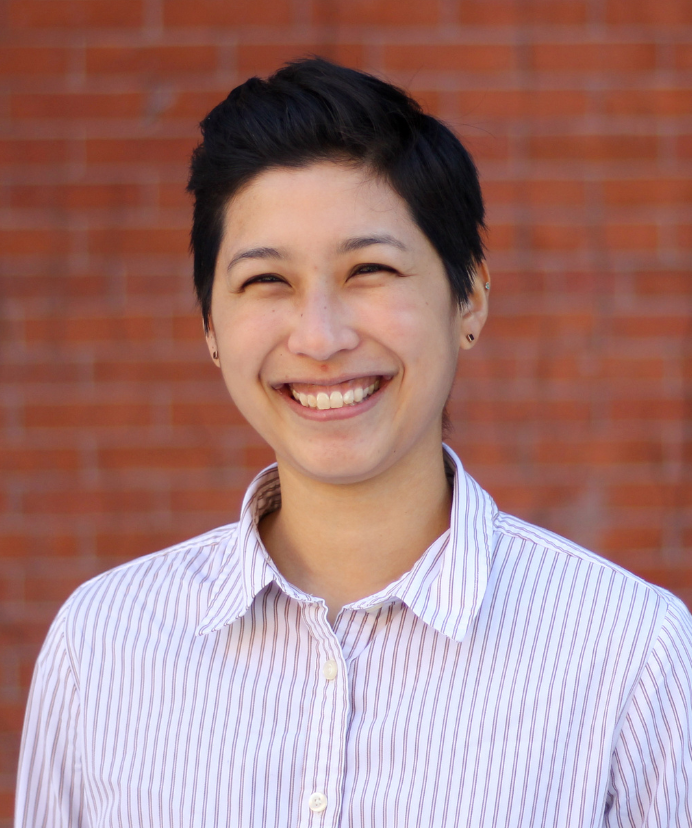Tom Insel
Dr. Tom Insel, a former Director of the National Institute of Mental Health, sat down with PHP to discuss themes from his upcoming book Healing: Our Path from Mental Illness to Mental Health.

Read Time: 4 minutes
Published:
Tom Insel served as the director of the National Institute of Mental Health for 13 years. He sat down with PHP to discuss themes from his upcoming book Healing: Our Path from Mental Illness to Mental Health.
The mental health picture in this country seems pretty grim. According to Dr. Tom Insel, rates of depression are up almost 50% in adolescents and young adults, while kids growing up in poverty are at least twice as likely to develop a mental illness. Yet, Insel insists he’s not a total pessimist. “There are good things happening” to tackle the mental health crisis – from youth support programs to a new crisis line – which, “If we do it right, if we fund it right, and if we train the right work force, could completely transform the problems we have now.”
So, what exactly is the problem? It’s certainly not a lack of science. Insel was quick to point out we’ve had “spectacular scientific breakthroughs in neuroscience and cognitive science” to better understand mental illnesses. Despite these breakthroughs, rates of mental illness remain steady, or in some cases are increasing. “Unlike what you see in oncology, cardiology, and almost every other area of medicine where we have reductions in morbidity and mortality, you do not see these same reductions on the mental health side.”
If that’s the case, what makes mental health different than chronic or physical diseases? “For one, mental illnesses start early in life. As a result, they are fundamentally different than chronic non-communicable diseases like diabetes, cardiovascular disease, and hypertension,” Insel says. Secondly, people with serious mental illnesses often have symptoms that make it difficult for them to recognize a problem and ask for treatment. This stands in stark contrast to the rest of medicine, “where the sicker you get, the more likely you are to seek care.” Insel’s last point of difference was simple: these diseases are just “more complicated in ways that is hard for us to get our heads around.”
It’s true there is still a lot we don’t know, particularly around the factors driving up rates of mental illness among young people. However, some states have taken the initiative to get ahead of this crisis. “I am immensely proud to be in California, where we have a state government that is making this the priority,” says Insel. “The governor has committed $4.4 billion to ensure that every young person who has a psychotic episode in California never has a second one.” This money will fund a wide variety of services, including pre-K, supporting families, and investing in schools “to ensure they are able to give more intensive, more comprehensive, and more consistent care very early on.”
This is a big shift away from the traditional medical model, in which we look for a simple drug to cure an infection or illness. While there are many effective treatments for mental illness, including medications and psychological interventions, Insel stresses we need a model that includes recovery. To be clear, Insel is not just talking about folks following a 12-step recovery plan. Instead, Insel describes recovery as the three P’s: people, place, and purpose. “People is social support. Place is having a safe and supportive environment to be in. And purpose is having a reason to be – having something that you care about, and can wake up for.” Unfortunately, these three P’s are not part of the care given to many people with serious mental illness.
We need a new model that addresses recovery and prevention, that takes Insel’s suggestion of framing our nation’s mental health crisis as a human rights issue. “We need something that ensures those who have the least will have enough to get some traction.” Insel eagerly described the growing network of certified Community Behavioral Health Clinics – 430 of them across 40 states – that are supporting people with serious mental illness. There are also Coordinated Specialty Care programs that provide wraparound, consistent care to kids for two years after their first episode of psychosis to ensure a fully recovery.
“It is fantastically exciting,” Insel says. “All the solutions are hiding in plain sight. We know what to do. We just need to make a commitment to do it.”
Photo provided by Tom Insel



